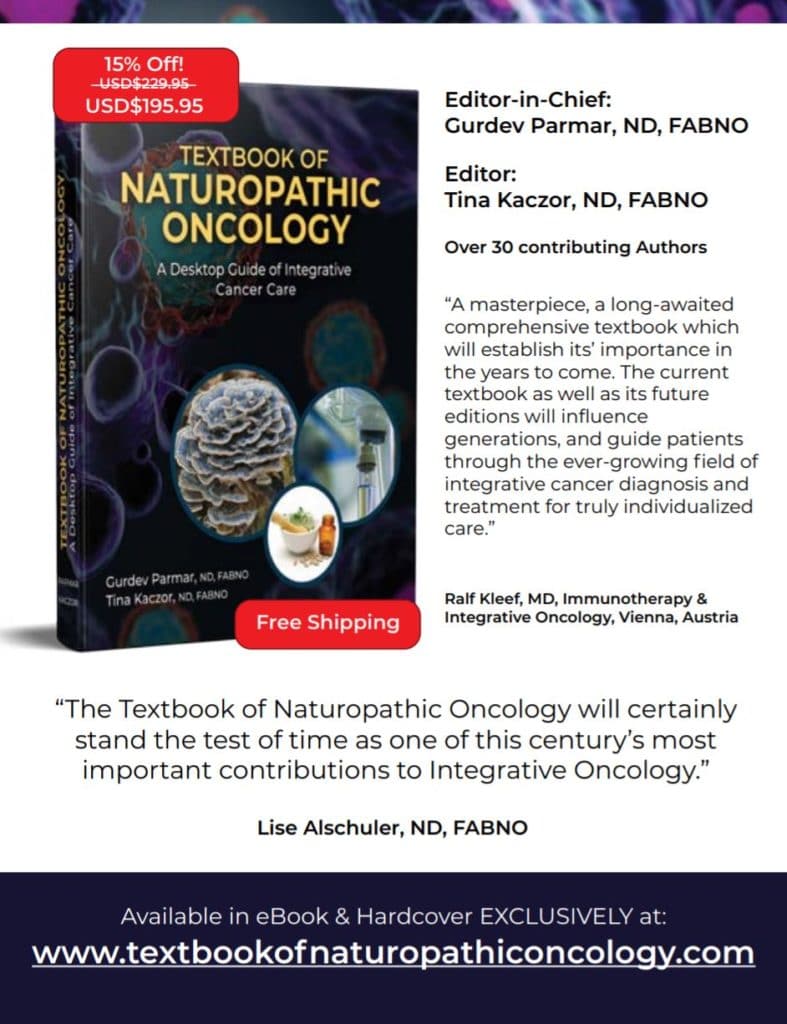…article continued:
Holding first heard of Dr. Goodheart through Dr Robert Fulford, DO, who came to London from America to the BSO each summer to teach Sutherland’s cranial osteopathic ideas through the auspices of the SCTF. Fulford obviously knew Goodheart, but Holding did not know enough to ask him about the connection. Fulford thought Goodheart and Sutherland were great pioneers!
Professor Andreessen, an orthopedic surgeon who taught undergraduate myology at BSO with Chris Astill-Smith, was also interested in PAK and introduced it there, not telling them what it was. Like Newbury and now Holding, he had come across PAK and was also enthusiastic to get a course running at the post-graduate department, but some of the faculty at the BSO did not greet this with enthusiasm.
As Colin Dove said, “I remember the event with Meldener at Tony Newbury’s and the battle to get AK launched at the BSO. So many of our colleagues failed to realise that we were running a business. You get bums on seats by providing what people want, not by providing what you think they should study.” (Personal Communication with CLJ, 23rd July 2013)
Richard Holding remembers: “At the next meeting, we argued for several hours that a chiropractor could teach at the BSO and that he would be paid substantially more per hour than anyone else at that point. I would then be course director for the 100-hour course.
“I invited The Anglo European College of Chiropractic in Bournemouth, (now AEEC University College) to share alternate weekends but was told it was not ethical to share! I remember we then ran several 50-hour courses, over several summers in the mid-1980s with Richard Meldener at the BSO when it was at its rather grand Trafalgar Square location, until Chris Astill-Smith was the first British ICAK-diplomate in 1988 and he took over.
“Ken Eddie, from the nutrition company Nutri Advanced, found Alan Beardall, DC, at a Nutri West (nutrition company) Extravaganza in the US. I circulated widely for Alan, though at first he sent John Bandy to do a basic course for him. We did several courses with Alan at the BSO until at one post-grad board meeting they dropped me from the board and stopped all the courses. Ken took over propagating the Beardall courses up until Beardall’s sad, untimely death.”
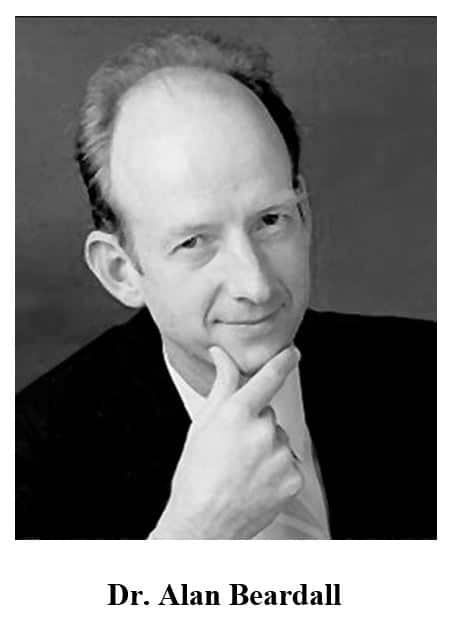
Dr. Beardall’s highly detailed research into Goodheart’s work became known as “Clinical Kinesiology,” perhaps starting the growth of “Alphabet Kinesiologies” as more and more researchers, of various talents and persuasions added to and changed Goodheart’s insights.
Dr. Beardall and his wife tragically died while in the UK at a course that was being taught with Dr. Richard Meldener. They were likely victims of driving on different sides of the road in the UK… they must have forgotten where they were after teaching in Leominster, and when they came onto the main road they stayed on the right and drove head on into a lorry. They were killed instantly.
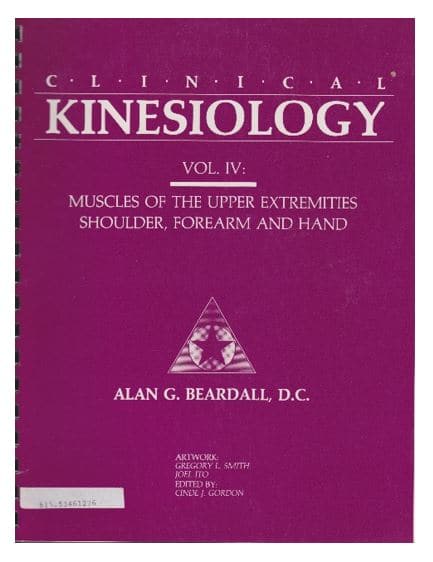
Despite the initial lack of enthusiasm from the Anglo European College of Chiropractic, several chiropractors joined the osteopaths, dentists, and renegade medical doctors in the early courses in Britain. Meldener had a special interest in the TMJ and one year attracted a particularly large body of dentists to learn AK.
Meeting Goodheart on one of his early visits to the UK caused great excitement. (Goodheart had been stationed in the UK as a young officer in the USAF during World War II where he showed his genius for lateral thinking in tweaking designs for aircraft weaponry). The 50-hour courses each summer were stronger on some sections than others, and it was still difficult to gather the whole scope of Goodheart’s findings. The Atlantic was much “bigger” than it is today, so it was a great moment for many UK doctors, who knew they had discovered their life’s work in his.
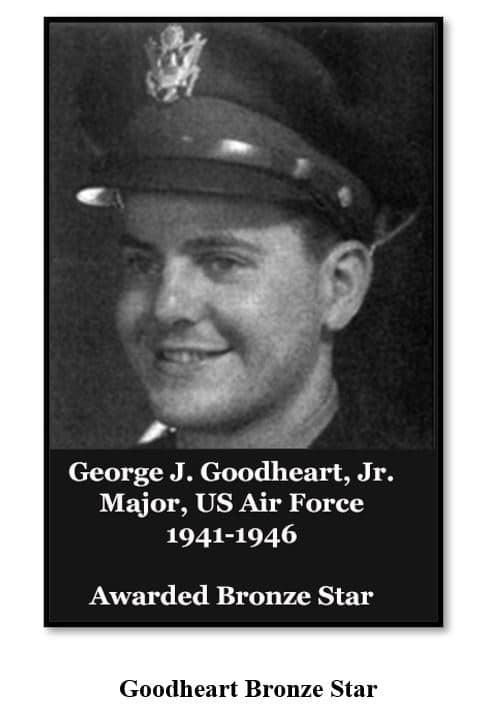
Around this time the Australian psychiatrist and AK enthusiast John Diamond, MD, appeared in London and taught his own Goodheart-inspired ideas to an enthusiastic audience; but by the later 1980s the more impenetrable, muscle-meridian-psychological side of AK was driving a few away from gaining a full mastery of the exciting but elusive treasure trove.
With first, John Bandy, DC, and later, Alan Beardall, DC, arriving to teach further complexities of manual muscle testing, a split started to appear in the small band of osteopathic AK enthusiasts. Some, like Richard Holding, became firm enthusiasts of Beardall’s Clinical Kinesiology model, while others either drifted away or were a bit bereft as to how to take their PAK studies to fruition.
Already there were increasing inter-changes between the growing body of AK students across Europe, first as some pioneers came to London to hear Meldener, secondly with the newly founded ICAK-Europe chapter. But quite soon after this pioneering new Pan-European chapter was founded, it was soon clear that separate national chapters would be needed to meet the differing needs of different professions attracted to Goodheart’s findings across Europe. David Leaf was teaching his annual ski seminar in Switzerland, but these were often too costly for some of the younger clinicians in their early years of practice, with small children and big debts, but apart from Meldener there were no other resident European diplomates.
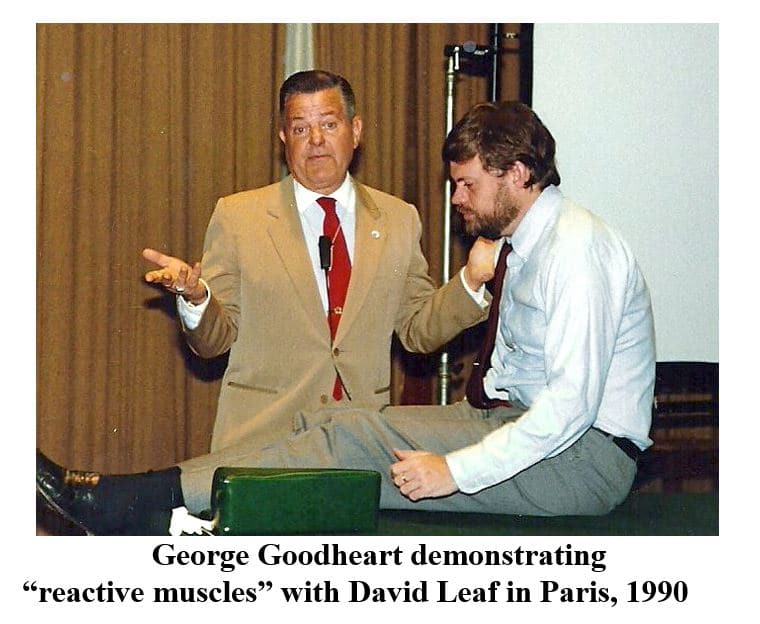
By 1987 the ICAK-Europe Chapter was formed and started to hold annual conferences. After one in Switzerland in 1987 and Milan in 1988, the UK enthusiasts were strong enough to take on organizing the international conference in London in 1989, under osteopath Mark Mathew’s organizational drive, and were very happy and not a little star-struck at that time to have both Goodheart and Walther as keynote speakers.
Dr. Chris Astill-Smith took time off from lecturing and seeing patients to hit the books and came back from America in 1988 as the first non-DC to be accepted as a Teaching Diplomate of the International Board of Applied Kinesiology. To the rest of his AK peers who had studied alongside him on those wonderful, if at times confusing, summer AK courses through the preceding four years with Richard Meldener, this seemed a quite remarkable achievement—AK teaching being less codified and standardized at that time.
Chris Astill-Smith’s new diplomate status, allied to his extensive experience of osteopathic education at the BSO and combined with his natural gift for making complex material understandable, launched a remarkable flowering of PAK across Europe. He began teaching AK all over the continent along with ICAK-E’s indefatigable expat President, Diplomate Joe Shafer, DC, then based in Denmark. Drs. Astill-Smith or Shafer were then running courses in the UK, Denmark, Germany, and Italy and, by the early 1990s, spreading the word to an enthusiastic core of Russian doctors not long out of the iron grip of the Soviet Union.
